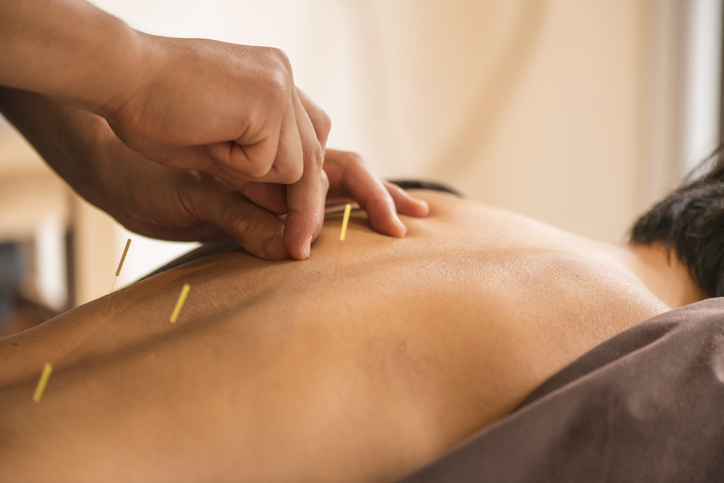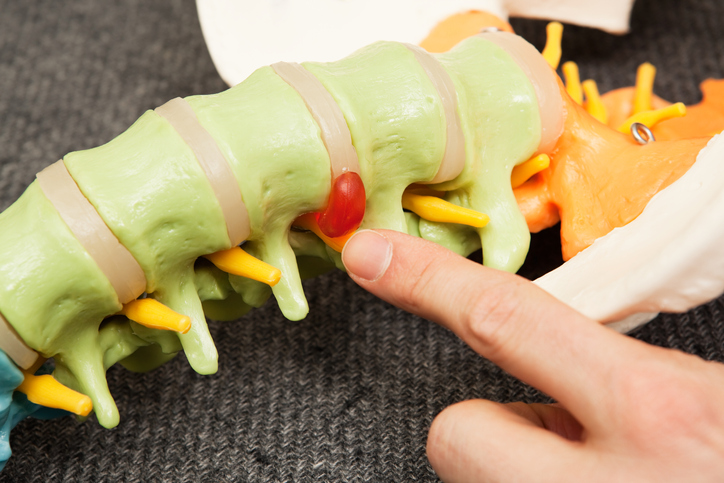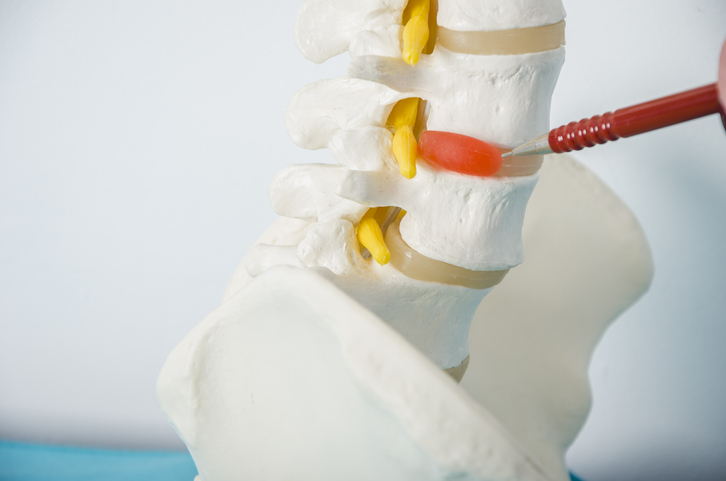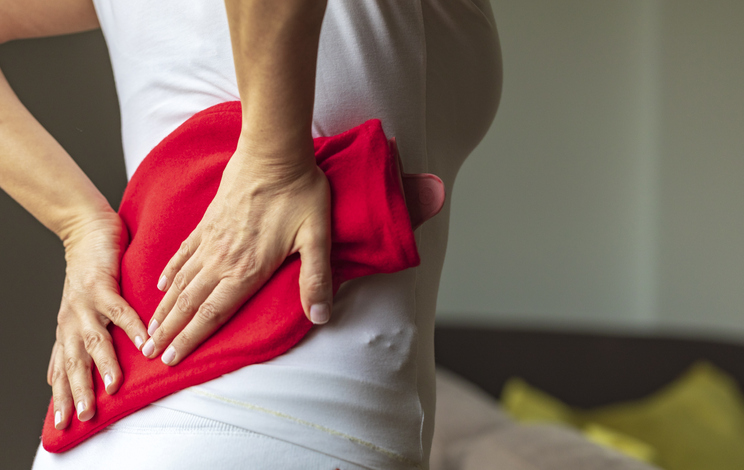Pain
Alternative and Complementary Treatment Options for Herniated Discs

What is a herniated disc?
Spinal discs are the rubbery cushions that act as shock absorbers between individual spinal vertebrae. As a disc naturally degenerates with age, the soft, jelly-like center of the disc (nucleus) can dehydrate, deteriorate, slip, collapse, protrude, rupture or tear through the tougher, rubbery exterior (annulus). In addition to natural degeneration of the spinal discs, other causes of herniated discs include trauma, a heavy blow to the back, or twisting or turning while lifting a heavy item.
A herniated disc can occur at any point of the spine, but cervical (neck) and lumbar (lower back) spinal discs are most commonly affected. The damaged disc(s) can irritate nearby nerves and cause pain, weakness, numbness, or radiating pain in the legs or arms. The pain typically worsens during physical activity and lessens during rest.
Alternative and Complementary Treatments
In addition to conventional medical treatments, alternative or complementary treatments may also help ease the pain associated with a herniated disc and may postpone surgical treatment. A complementary and alternative medicine practitioner (CAM) should be consulted prior to beginning a treatment plan.
Examples of alternative and complementary medical treatments for a herniated disc include the following:
- Acupuncture is a form of traditional Chinese medicine in which thin needles are strategically inserted into specific points of the skin. These tiny, thin needles stimulate the nerves in the muscles and other tissues, releasing endorphins into the bloodstream. Endorphins are the body’s natural pain relievers. Acupuncture can also relieve muscle stiffness, improve joint movement, and reduce back and neck pain, improving the quality of life for those with a herniated disc.
- Acupressure is similar to acupuncture, as they are both believed to restore a healthy energy flow. However, instead of using needles, the therapist uses their fingers, hands and elbows to administer pressure to certain areas of the body. It is important to note that acupressure should not be performed on people with high blood pressure or pregnant women.
- Massage therapy can offer relief from lower back pain. A therapeutic massage involves a licensed massage therapist stroking, kneading and manipulating back tissue, which promotes blood flow. This increases the amount of oxygen and nutrients delivered to the muscles, which can decrease pain levels. Massages may not be safe for people with osteoporosis, deep vein thrombosis, open wounds, skin infections, or arthritis near the area to be massaged.
Alternative and complementary treatments often work best in conjunction with conventional medicine. A health care professional should be made aware of any treatment options used to relieve pain from a herniated disc.


















